Electric motor: A machine that converts electrical energy into the mechanical ability to accomplish machinery work. Electric motors are used to form several machines and mechanical equipment, such as washing machines, air conditioners, vacuum cleaners, hairdryers, sewing machines, electric drills, and saws. Various types of motors operate mechanical tools, robots, as well as equipment that facilitates the operation of factories.
History of discovering electric motor: In 1831, English physicist Michael Faraday performed many experiments that included magnets and electric currents. In one experiment, he spins a copper disk between two magnetic poles of a horseshoe. This equipment made a simple generator; this simple machine was the first electric motor. The main idea is that continuous motion can be produced by passing an electrical current through a conductor in the presence of a strong magnetic field.
Electric motors have multiple types, some of which operate on the direct current such as parallel – parallel – compound motors, including what works on the three-phase alternating current such as the induction motor, including what works on the single-face alternating current such as the general motor as well as the throttle motor One-sided with all kinds.
The main reason for the multiplicity of types of motors is that there is no motor that we can consider as an ideal motor that fits all loads and works in all circumstances and meets all needs at an appropriate price and low operating costs and its need for maintenance is small, and accordingly, every motor that is manufactured has specific properties, advantages, and disadvantages that differ from type, etc.
In order to determine the type and characteristics of the required motor, we first determine the performance characteristics and operating conditions of the Mechanical load that this motor will manage, such as:
1.Atmosphere temperature.
2.Motor separation and connection rates.
3.The rates of increasing and reducing the load on the motor.
4.Degree of motor protection.
5.Motor performance curves.
6.Performance curves for the mechanical load.
Types of electric motors: There are three main types of electric motors:
1- Alternating current motors| AC |: are highly flexible in many features including speed control (variable speed drives) and have a larger compound base compared to DC motors, main advantages are:
1. Low energy demand when starting.
2.Controlled acceleration.
3.Adjustable running speed.
4.Control starting current.
5.Adjustable torque limit.
6. Reducing power line disturbances.
There are several types that classified under the AC motor:
1.Synchronous.
2.Induction.
2- DC motors: they are distinguished by several advantages:
1.Easy to install.
2.Speed control widely.
3. Starting, stopping, and reversing | rapid.
4.High torque.
5.Linear torque curve.
Types of motors that classified under the|DC motors|:
1.brushed motors.
2.brushless motors.
3-special motors: motors with different special purposes:
1.Universal motor.
2.Hysteresis motor.
3.Reluctance motor.
4.stepper motor.
There are a few ways of improving motor performance:
1. Perform visual inspections on the motor.
2. Maintenance checks on the commutator and brush.
3. Conduct a motor winding test.
4. Check the bearings.
5. Keep records.




